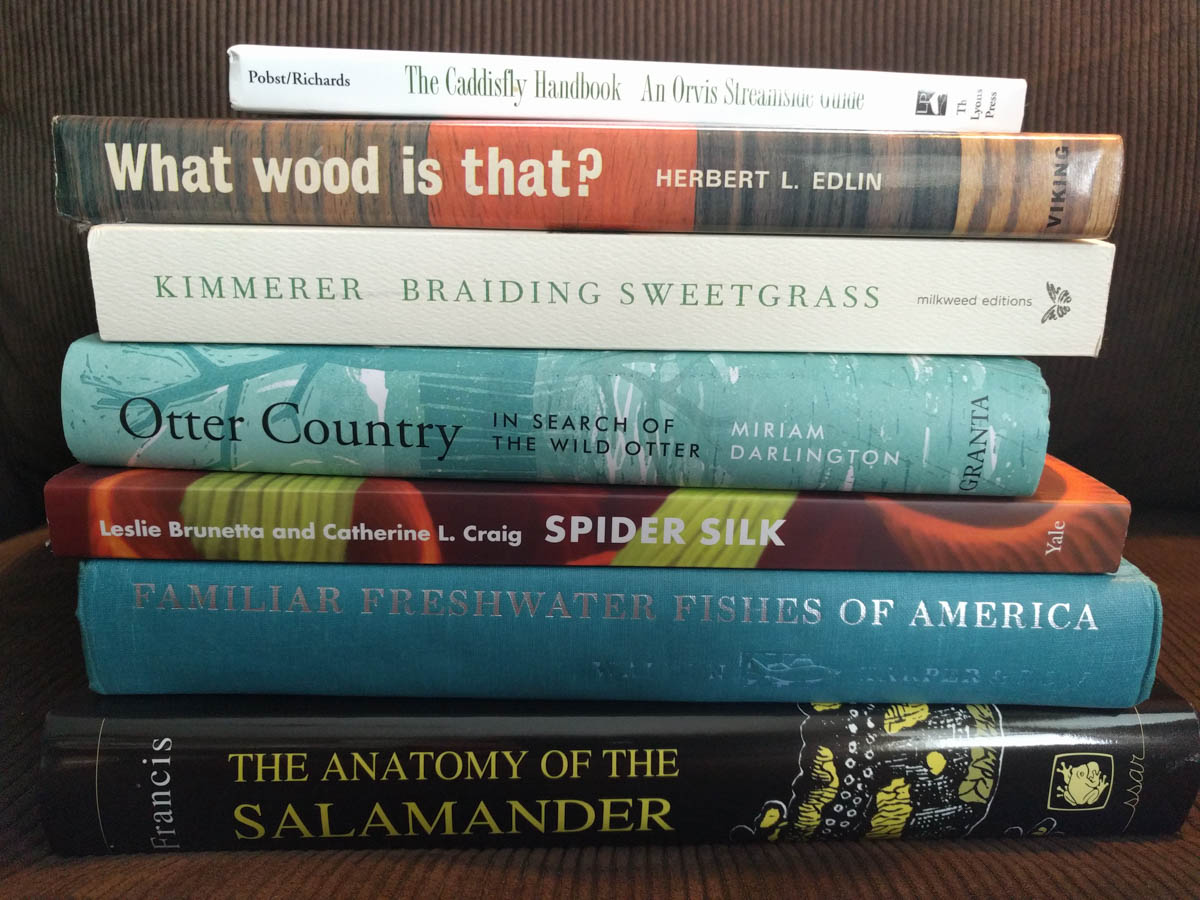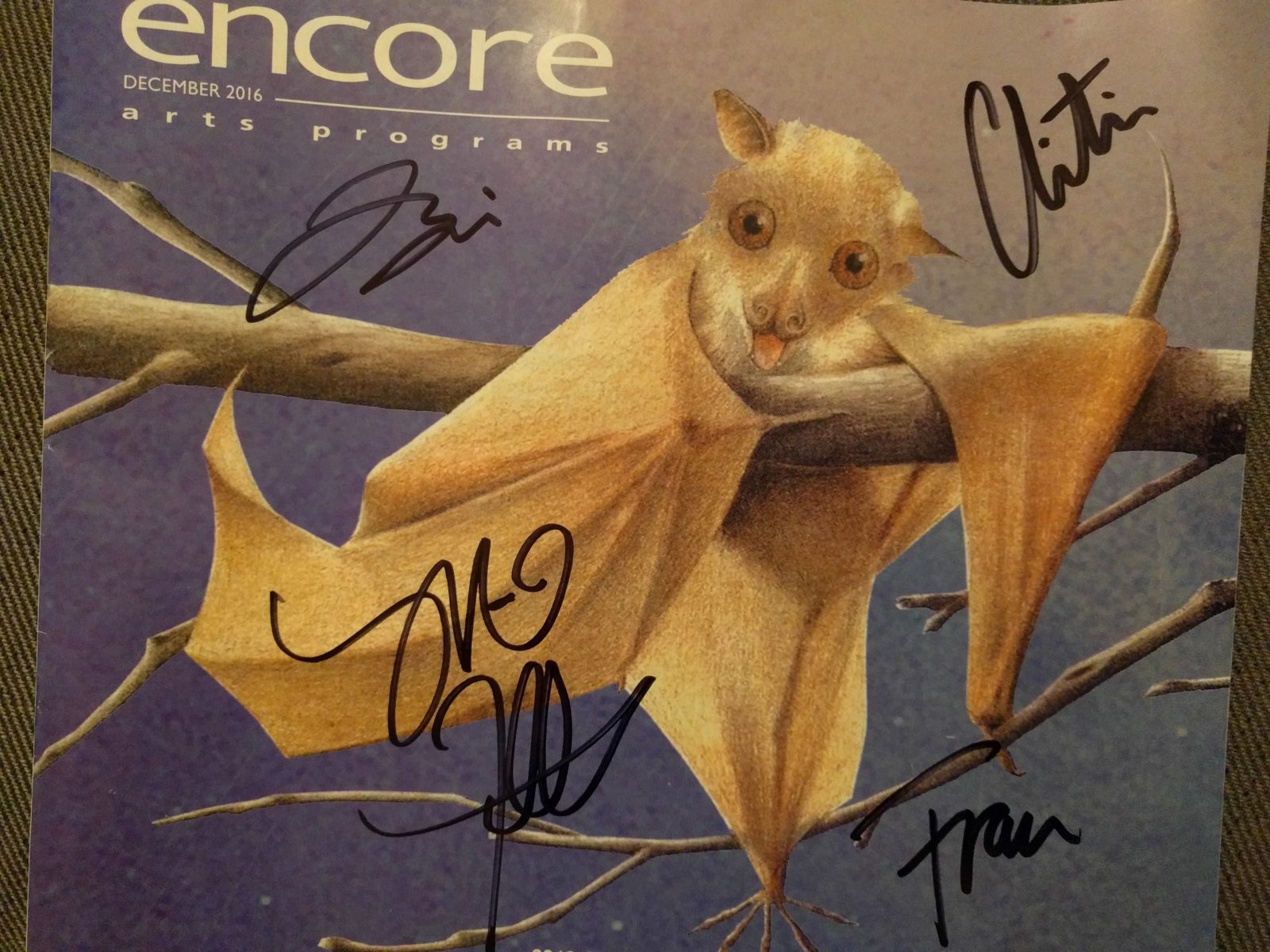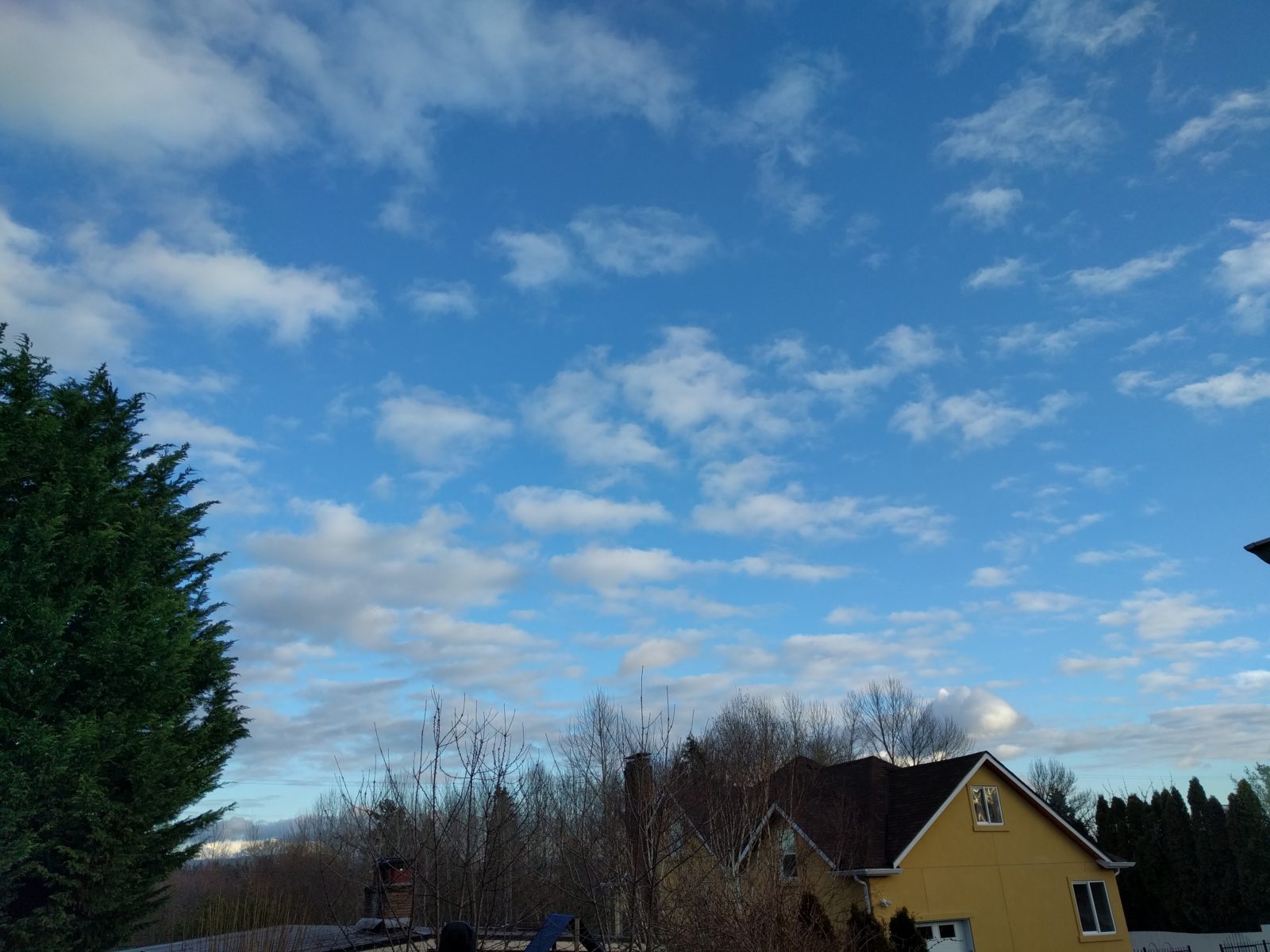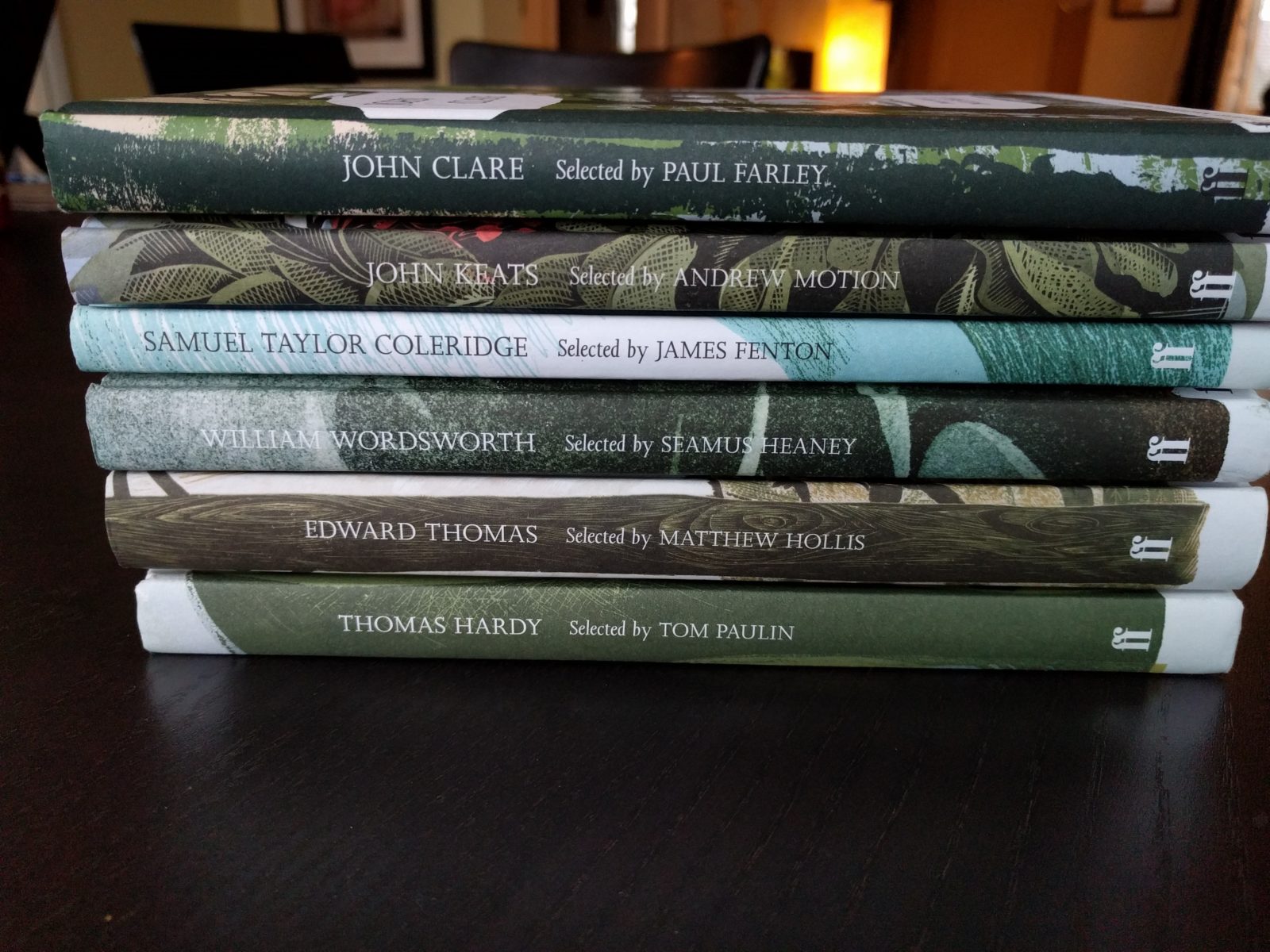In 2016 I’m doing a 365 Nature project. Learn more about the project and see all the 365 Nature posts.
It seems I can’t go anywhere near a bookstore without stopping in and if it’s a used bookstore, all the better. I love books, I loved new books, but mostly, I really love used books. Used book stores are my favorite indoor place to visit because they are a treasury of old books, particularly those out of print. When we first moved to Seattle, The Elliott Bay Book Company was located downtown in a beautiful old building and carried many used books along with new books. When they moved several years ago to Capitol Hill, they sadly got rid of their used books and so now I only go there for book readings. I also frequent library book sales and we’re lucky to have two bookstores relatively close to where we live which carry used books.
Today I stopped into one of them and left with an armload of books. It seems at this particular store, I either leave with nothing or a stack, there is no middle ground. Several of the books I found were used, out of print books. Familiar Freshwater Fishes of America, by Howard T. Walden and illustrated by Carl Burger was published in 1964 and contains some beautiful illustrations. I rarely find books on freshwater fishes and my knowledge of them is pathetically lacking. The other really interesting older used book I found was What Wood is That? A Manual of Wood Identification, by Herbert L. Edlin. Inside the book is a foldout containing flat, rectangular wood samples of 40 different woods including some Pacific Northwest natives, Douglas Fir and Western Red Cedar. It reminded me a little of the dendrological library I once wrote about.
Other interesting books I found included The Caddisfly Handbook, which contains detailed entries of North American caddisflies. Although aimed at fly fishers, of which I am decidedly not one, the book is valuable because it shows images of many species of adult caddisflies and some larvae as well. I also picked up in the discount bin, for $2.00, The Anatomy of the Salamander, by Eric T. B. Francis. While I don’t have any particular fascination with salamanders, it’s an excellent reference book to have on my shelves, with an unbeatable price. I also picked up Braiding Sweetgrass by Robin Wall Kimmerer, a book I’ve had on my wishlist since I read her excellent book Gathering Moss.
The final two books are newer, one titled Spider Silk, by Leslie Brunetta and Catherine L. Craig and looks like a fascinating read. The final book is by Miriam Darlington titled Otter Country: In Search of the Wild Otter, and is based on tracking otters in Britain. A timely find considering my otter sighting yesterday, on Day 323.







Ooh, What Wood Is That? Sounds like a great resource!
The river otters are quite a presence on the eastern edge of the Portage Bay houseboat community. I hear their eek-eek frequently, hear them playing on the floating dock now and again, see them occasionally–and hose their poop off my deck every day that I neglect to squirt the edges with vinegar(!).
How very luck for you to see the River Otters and have them living alongside you!
Interesting fact: otter poo is called spraint and apparently it has very unique aromas! I’ve never smelled it, but I’m curious to know what it smells like.